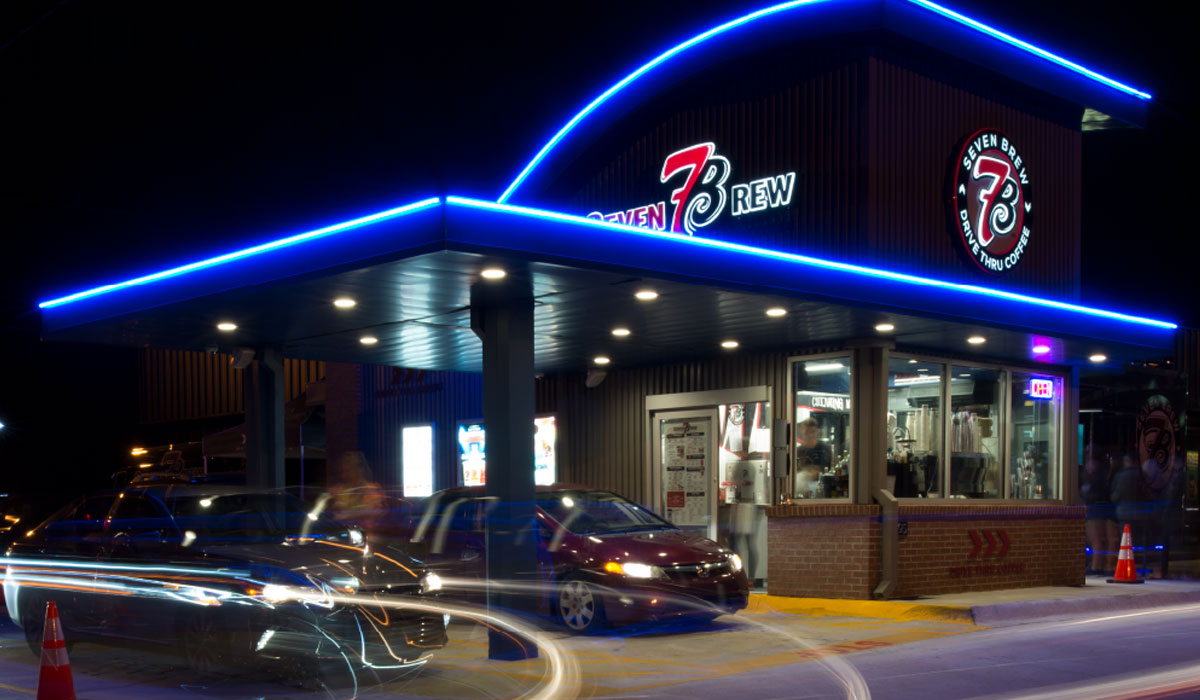Imagine this: a customer pulls into a drive thru at their favorite quick-service restaurant craving a snack. Something salty, like French fries, or maybe something a little more portable—a milkshake? They’ve only got a couple of minutes to decide before the car behind honks them into an impulse decision.
Wouldn’t it be nice if the menuboard already knew what the customer wanted?
This reality is possible with the right personalization strategy and capabilities, but there’s a simple reason it’s uncommon: most quick-serves are asking the wrong questions about how to get there. While they’ve been quick to try and translate some of the success eCommerce companies have seen with personalization, QSR is a unique vertical with an exclusive set of consumer behaviors that, when not catered to accordingly, can cause businesses to miss out on revenue and opportunities to forge loyal relationships.
But there’s good news—by asking the right questions from the start, restaurants can more quickly activate personalization into real revenue impact for restaurants and more engaging experiences for consumers.
So, what should I be asking?
Question 1: How can we personalize the experience for unidentified consumers?
Mobile has become a preferred channel for many quick-service restaurant customers, with takeout and delivery on the rise. As such, personalization for those users is a given for most solution providers—for known mobile consumers, quick-serves can recommend products based on a user’s previous orders and streamline order pickup. But for all its success, mobile commonly represents just 10 percent of transactions and takes longer to generate incremental revenue than focusing on the larger pool of unidentified drive-thru visitors. By fully integrating personalization with the outdoor menu board and self-serving kiosks, quick-service operators can leverage contextual data such as the restaurant location, weather, traffic, time of day, that restaurant’s product popularity and current inventory to tailor the digital ordering experience and increase the likelihood of turning these unknown users into known loyal customers.
Question 2: How can I create the right menu assortment for different contexts and user preferences?
Serving the right menu assortment is crucial to a better consumer experience, and quick-service restaurants already have the data they need to activate. However, restaurants should examine and recommend the most relevant items at the store level—not the regional or state level—which allows the restaurant to be more accurate in its delivery and product inventory management.
For example, if data shows that cheeseburgers sell well around dinnertime at a specific store, the menu board should reflect that and recognize that the next suggestion should be a complementary side or dessert, not a second cheeseburger. Similarly, a quick-serve wouldn’t want to highlight a hot drink in the heat of the summer, soft serve if the ice cream cone machine was down—all important factors that are considered with the right business rules and decisioning engine. Product catalogs and menus should also adapt to different times of day, the weather, as well as to known user preferences, like being a vegetarian, a coffee lover, or a breakfast buyer.
Question 3: How do I measure how effective our strategies are?
Here’s where you can really make personalization work harder for you. With the right decision engine in place to manage the menu, recommendations, and even experimentation, you can more deeply evaluate performance through machine learning. For example, if a restaurant frequently recommends a fountain soda, algorithms can review every check that product was included in to understand the impact of recommending a fountain soda against various KPIs (i.e., check size, revenue, etc.) and across channels so they know what needs to be optimized. Today, deep learning algorithms that go beyond statistical analysis are more widely available and can predict what experience would most effectively move the needle on a specific KPI. And for quick-service brands, not all metrics should be weighed equally—for example, while commonly effective for other verticals, take rate tells a restaurant less about their business results and incremental revenue than check size.
Okay, that gets me started. What’s next for the future?
During the digital acceleration brought on by the pandemic, consumer experiences were completely reimagined, with customers expecting the same quality of experience in-store that they’ve become accustomed to online. In response, quick-service restaurants have rushed to meet their needs, and are now investing more heavily in better personalization technology in their stores, using digital menu boards, self-serve kiosks or store-aware online channels to connect the dots between their mobile app and their in-person experience.
But for restaurants to truly embrace personalization, it all starts with the right foundation. Asking the right questions early in the process—whether during an RFP or an internal evaluation—is the key to effective engagement. As the better they are at meeting consumers’ needs in the moment, the more likely that consumer will be a loyal advocate for the brand.
Ori Bauer has 20+ years of executive experience in both startups and large global corporations. Prior to joining Dynamic Yield, he was the Founder & CEO of Glean Health, an innovative, digital health data startup. Ori’s deep business acumen is strengthened by an extensive technology background, and over the course of his career he has led product and engineering at three startups that were acquired. Today, he operates as CEO at Dynamic Yield, a Mastercard company, and is responsible for driving the next chapter of personalization growth.








